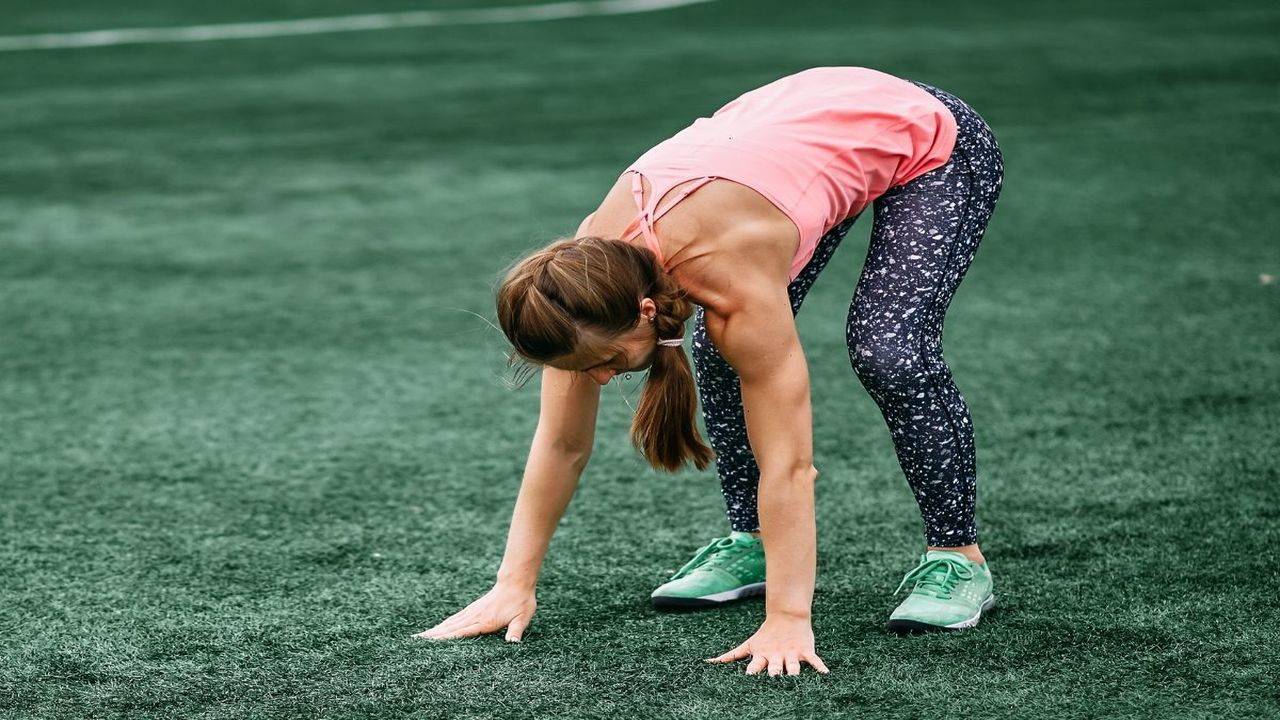You’ve been hitting the gym, cutting calories, skipping desserts—maybe even stepping on the scale daily. The number goes down, your jeans fit looser, but here’s the million-dollar question: are you actually losing fat or slowly eating away your hard-earned muscle?
It’s a detail most people ignore until they realize they look “smaller” but feel softer. If you’re chasing a leaner, fitter look, you want to drop body fat, not muscle mass. So let’s break down exactly how to tell the difference—and what to do if you’re cutting away the wrong thing.
Why It Matters
Muscle is like your body’s secret weapon. It keeps your metabolism running higher, makes you look toned instead of “skinny soft,” and helps you lift, run, and live strong.
When you lose muscle instead of fat, you end up with that dreaded “skinny fat” look—lower scale weight, but still squishy around the middle and weak overall. Not the goal, right?
The Real Difference Between Fat Loss And Muscle Loss
Fat loss means you’re dropping excess body fat. You’ll look leaner, more defined, and your clothes will feel looser in the best way.
Muscle loss means your body is breaking down protein from your muscles to use as fuel—usually because you’re not eating enough, not lifting enough, or both. The scale drops, but so does your strength and muscle tone.
Signs You’re Losing Muscle Instead Of Fat
Let’s be real—nobody’s measuring body fat with lab equipment every week. So how can you tell if that weight drop is good or bad news? Watch for these clues:
1. You’re Getting Weaker
One huge red flag is losing strength. If the weights you lifted easily last month now feel like a boulder, and every workout feels harder even though you’re doing less weight or reps, that’s a bad sign.
2. Your Body Looks Smaller, But Softer
Ever heard someone say, “I’m losing weight, but I still look flabby”? That’s muscle loss. The number on the scale goes down, but there’s no tightness or shape. A mirror check beats a scale check every time.
3. You’re Constantly Exhausted
Some fatigue is normal during a calorie deficit, but if you feel wiped out all day, your muscles might not be getting enough fuel to recover.
4. You’re Losing Weight Fast—Too Fast
If you’re dropping more than 1–2 pounds a week (unless you’re very overweight), odds are high you’re losing muscle along with fat.
So, How Can You Actually Know?
1. Use a Tape Measure
Track inches around your waist, hips, chest, and arms. If the scale drops but your arms shrink fast, that’s probably muscle going.
2. Pay Attention To Your Lifts
Keep a training log. Are your weights steady or improving? Good. Going backwards for weeks? Not good.
3. Get A Body Fat Check
Use a cheap body fat caliper or a smart scale. They’re not super precise but help spot trends over time.
Why People Lose Muscle On A Diet
Here’s where most people mess up fat loss:
- Calories Too Low: Cutting 1,500+ calories a day might seem smart, but your body panics and eats muscle for fuel.
- Protein Too Low: Protein literally feeds your muscles. Without enough, your body can’t repair or grow them.
- No Strength Training: If you’re only doing cardio, your body has no reason to keep muscle.
- Too Much Cardio: Endless treadmill miles + low food = muscle meltdown.
How To Protect Your Muscle While Losing Fat
Alright, here’s the part you really need: what to do if you want to lose fat while keeping (or even building) muscle.
1. Keep Lifting Heavy Stuff
Nothing tells your body “Hey, I need this muscle!” like lifting weights. Aim for 2–4 sessions a week. Focus on compound lifts—squats, deadlifts, rows, presses. Go for progressive overload: more reps or more weight when you can handle it.
2. Eat Enough Protein
Think 0.8–1 gram per pound of bodyweight daily. We’re talking chicken, fish, Greek yogurt, eggs, tofu—whatever works for you.
Protein helps you feel full, supports muscle repair, and keeps your metabolism humming.
3. Don’t Slash Calories To Nothing
A slight calorie deficit works best—around 300–500 calories below your daily maintenance. Enough to burn fat, but not so extreme that you torch muscle.
4. Go Easy On Cardio
You don’t need to become a marathon runner. A few short sessions a week—like 20–30 minutes of moderate cardio or a couple of HIIT workouts—is plenty to boost fat loss.
Too much cardio + low food is a one-way ticket to muscle loss.
5. Sleep And Stress Matter More Than You Think
No sleep = poor recovery = more muscle breakdown. And if you’re stressed, your body pumps out cortisol, which can eat into muscle and make you store fat stubbornly around your belly.
Shoot for 7–8 hours of good sleep, hydrate well, and chill out once in a while.
What If You’re Already Losing Muscle?
If you see the signs—strength is tanking, your arms are vanishing, or you’re feeling like a soggy noodle—don’t panic. Here’s how to fix it:
- Up your protein.
- Add back some calories (start with 200–300 more daily).
- Check your workouts. Are you lifting hard enough?
- Dial back the endless cardio.
- Prioritize sleep and recovery days.
Real Talk: You Can Lose Fat And Keep Muscle
People say you can’t build muscle and lose fat at the same time. That’s not totally true—especially if you’re newer to training or coming back after a break. Your body loves building muscle if you lift smart and eat well.
Just remember: losing 10 pounds fast might sound good, but if 5 pounds of that is muscle, you’ll be disappointed when the shirt comes off. Go slower, do it right, and you’ll look leaner and stronger.
Bottom Line
Your scale weight is just a number. The mirror, your strength, and how your clothes fit tell the real story.
So next time you freak out because the scale won’t budge, check your lifts and your tape measure. If you’re still getting stronger and your waist is shrinking, congrats—you’re losing fat, not muscle.
Do it slow, lift heavy, eat your protein, and sleep like you mean it. That’s how you protect your muscle and shred the fluff you don’t want.










